Robert Dilts' Sleight of Mouth 14 reframe patterns - Speech Pattern Reframing
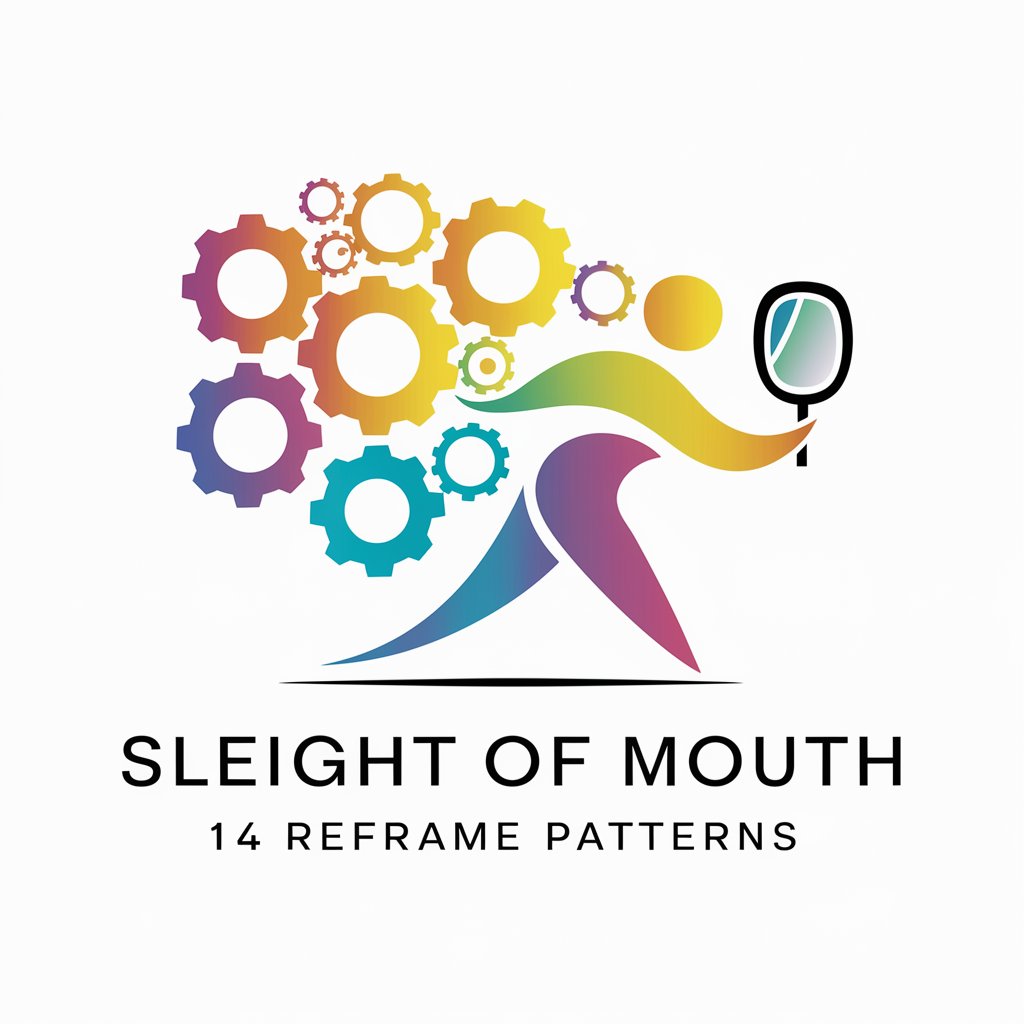
Welcome! Let's explore new perspectives together.
Transform Beliefs with AI-Driven Reframing
How might we...
What if we looked at this from the perspective of...
Imagine a scenario where...
Consider the implications of...
Get Embed Code
Overview of Robert Dilts' Sleight of Mouth 14 Reframe Patterns
Robert Dilts' Sleight of Mouth is a set of linguistic patterns intended to change beliefs through the strategic use of language. Developed from the field of Neuro-Linguistic Programming (NLP), these patterns provide a framework for engaging and transforming limiting beliefs into more empowering ones. The 14 patterns are designed to shift perspectives through different angles, ranging from questioning the belief's basis to reconsidering its implications. Each pattern offers a unique approach to belief transformation, making it a versatile tool in personal development, therapy, coaching, and negotiation. For example, the 'Reality Strategy' pattern challenges the factual basis of a belief, prompting an individual to reconsider if there is genuine evidence supporting their view, thus opening the path for new possibilities. Powered by ChatGPT-4o。

Functions of Robert Dilts' Sleight of Mouth 14 Reframe Patterns
Reality Strategy
Example
Challenging the belief that one must work long hours to be successful by asking, 'What evidence do we have that working fewer hours necessarily leads to less success?'
Scenario
In a coaching session, a coach uses this pattern to help a client see that balance in life might also contribute to professional success, challenging their overwork culture.
Model of the World
Example
Introducing the idea that different cultures might see punctuality differently to challenge a belief that being late is always disrespectful.
Scenario
In a multicultural team, this reframe helps team members understand varying perceptions of time management, fostering greater empathy and cooperation.
Counter-Example
Example
Pointing out successful entrepreneurs who thrived without a formal education to challenge the belief that formal education is essential for business success.
Scenario
During a career counseling session, a counselor uses this pattern to motivate a client who feels limited by their lack of higher education.
Intent
Example
Exploring whether the true intention behind a stringent company policy is safety rather than control.
Scenario
In corporate policy review meetings, questioning the intent behind policies can lead to more nuanced and effective regulations.
Redefine
Example
Redefining 'failure' as 'a stepping stone to success' to transform a negative outlook into a learning-oriented perspective.
Scenario
In educational settings, teachers use this reframe to encourage students to view setbacks as essential parts of the learning process.
Ideal Users of Robert Dilts' Sleight of Mouth 14 Reframe Patterns
Coaches and Therapists
These professionals use the patterns to help clients overcome limiting beliefs, enhancing personal development and overcoming psychological barriers.
Business Leaders and Managers
These individuals apply the patterns to foster a positive corporate culture, resolve conflicts, and inspire creative problem-solving among teams.
Educators
Teachers and trainers use these reframing techniques to support students in overcoming mental blocks and adopting more effective learning strategies.
Negotiators and Mediators
These users leverage the patterns to navigate complex discussions, finding common ground and resolving disputes by shifting perspectives.

How to Use Robert Dilts' Sleight of Mouth 14 Reframe Patterns
Start for Free
Visit yeschat.ai for a trial that requires no login and is free, even without ChatGPT Plus.
Identify the Belief
Pinpoint the specific belief or statement that you want to challenge or reframe.
Select a Pattern
Choose one of the 14 Sleight of Mouth patterns that best suits the context and goal of the reframing.
Apply the Pattern
Craft a response using the chosen pattern to reframe or challenge the original belief.
Evaluate and Adapt
Assess the effectiveness of your reframing and adapt your approach based on feedback and results.
Try other advanced and practical GPTs
The Mouth Experts
Revolutionizing Oral Health with AI

Air Traffic Controllers Assistant
Elevate ATC Operations with AI
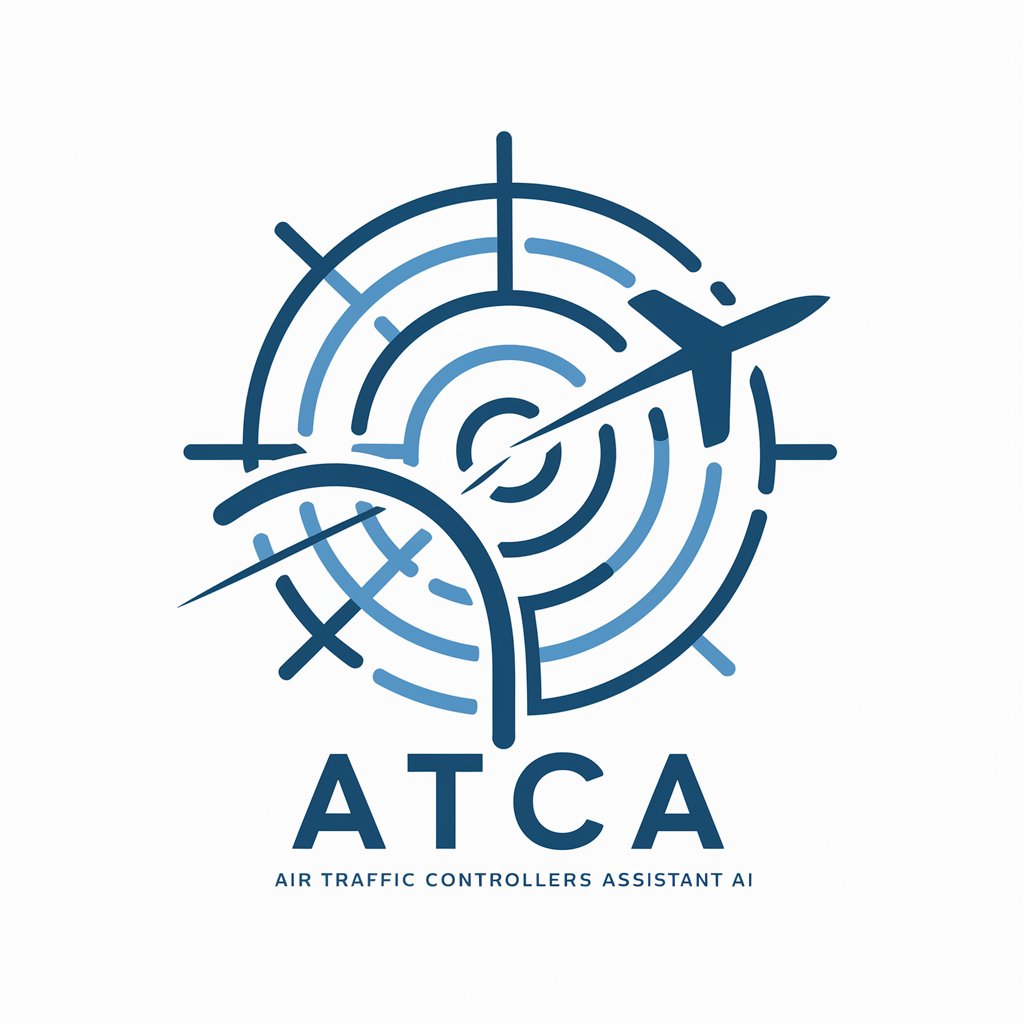
Mystic Mind (Akinator)
Challenge Your Mind with AI
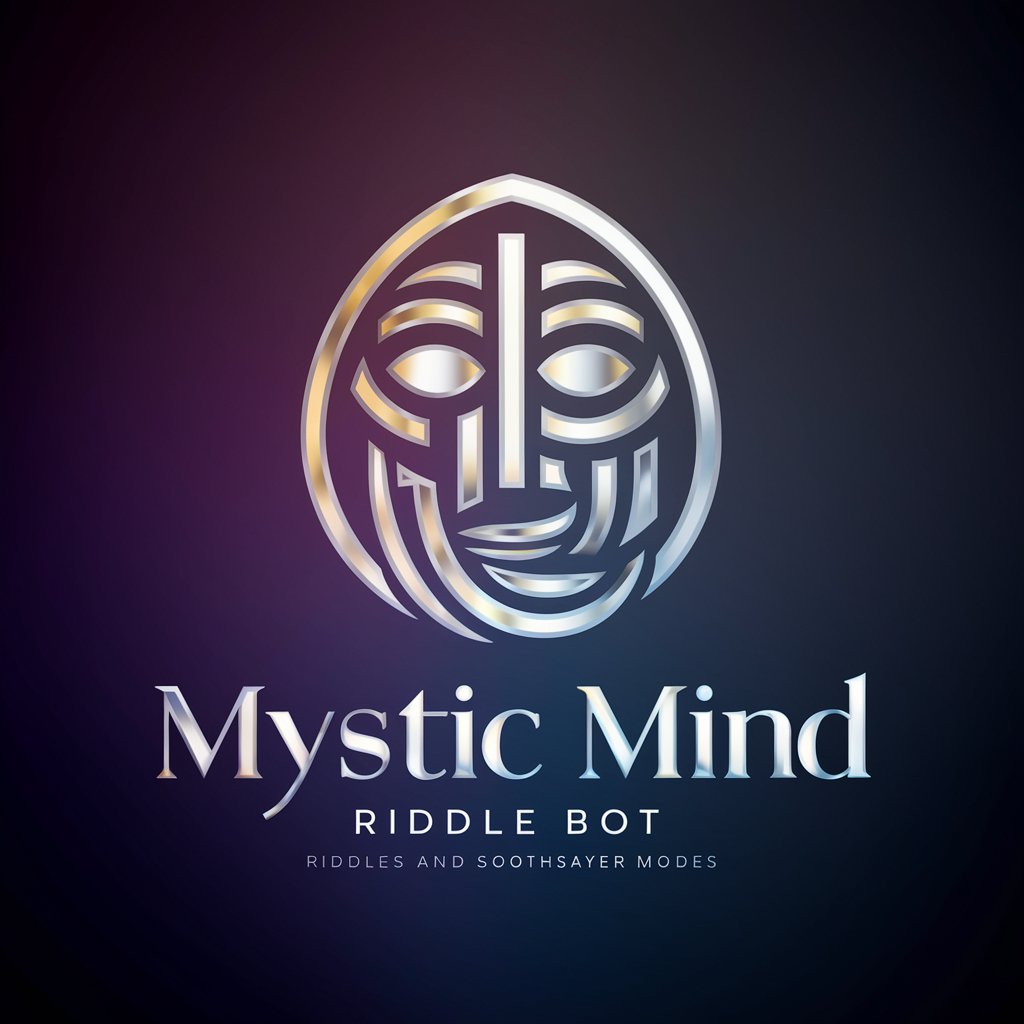
Unbiased Lookup
Explore every angle with AI
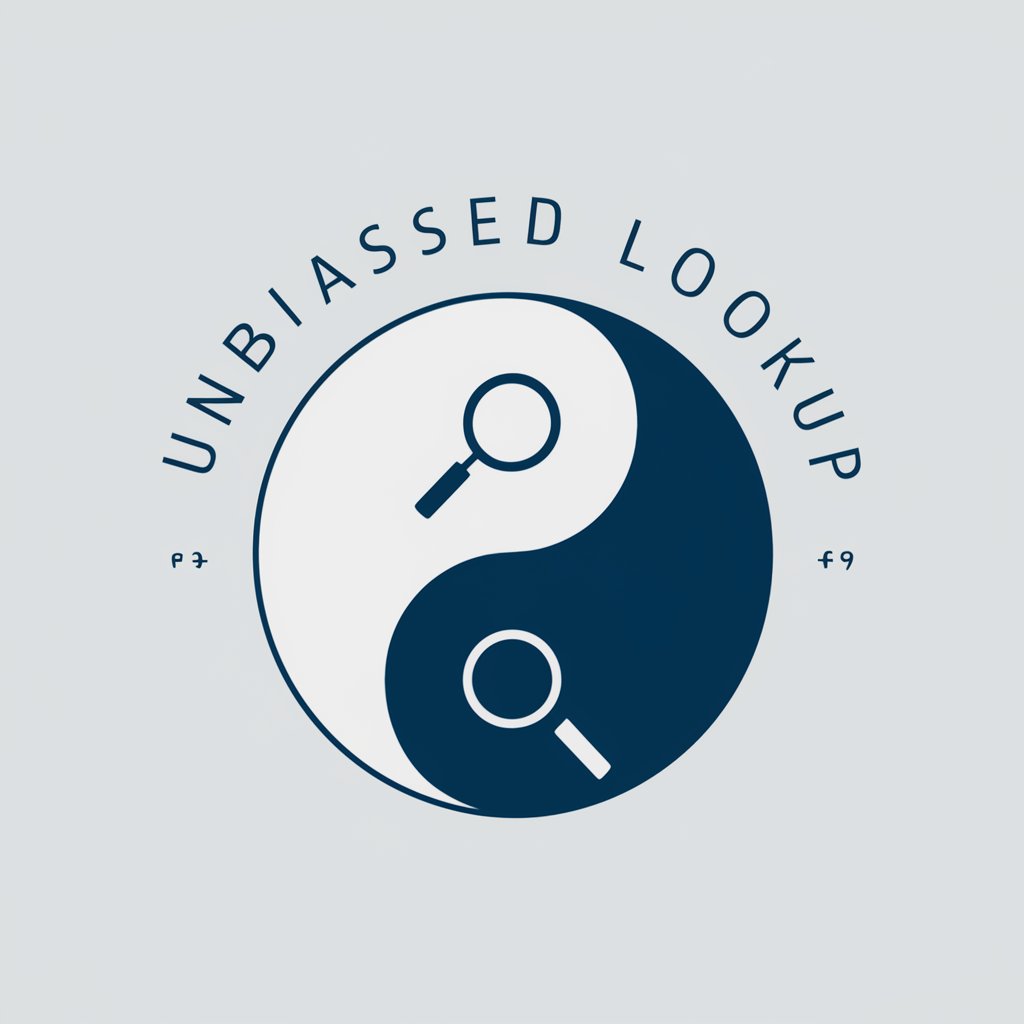
Gamer's Edge
Strategize, Play, Dominate: Your AI Gaming Coach

YAML Actions OpenAPI Code Generator
Automating API Integrations with AI
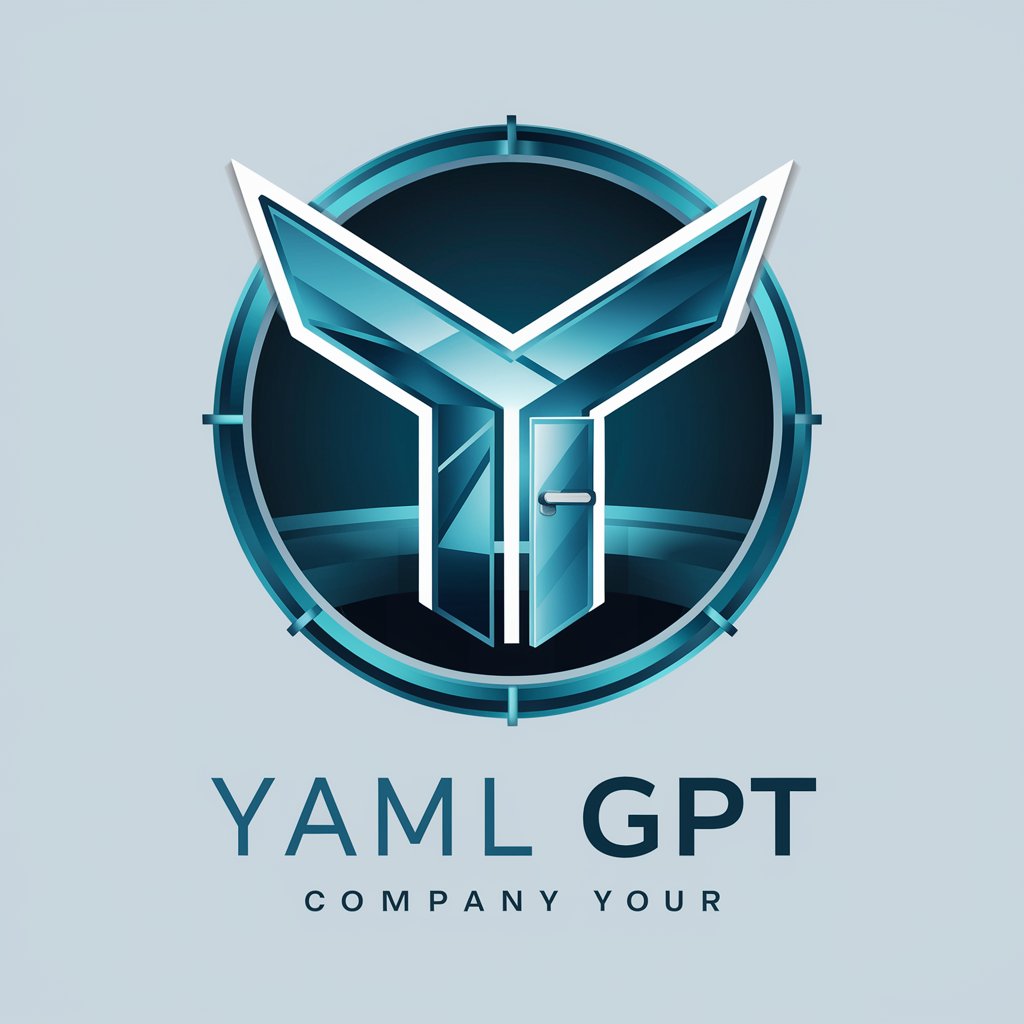
Quote Generator
Inspiration, Powered by AI

GPT-Powered Email List Expansion
Empower Your Emails with AI

GPT-Listener
Empowering Empathy Through AI

Embodied Listening GPT
Hone Your Listening, Enhance Empathy
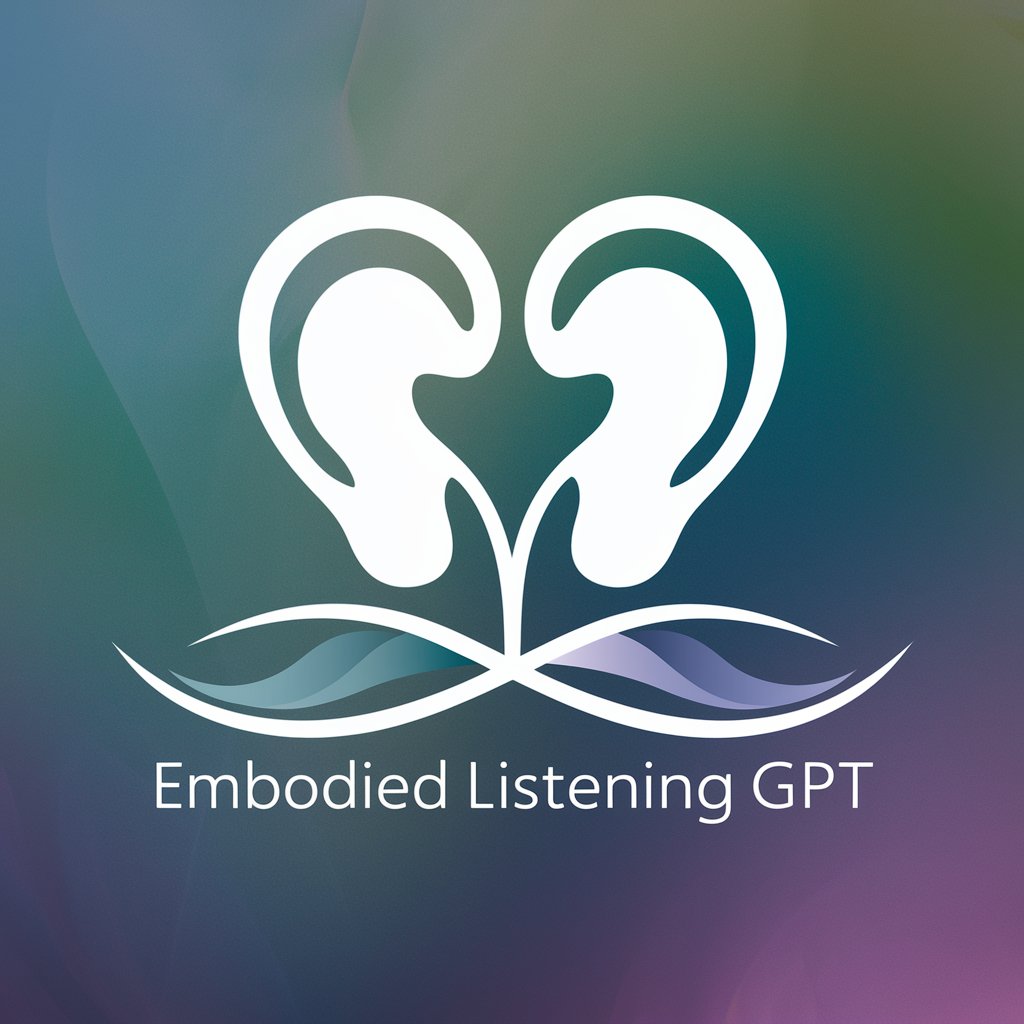
GPT Grocery List
Smart, efficient grocery shopping powered by AI.
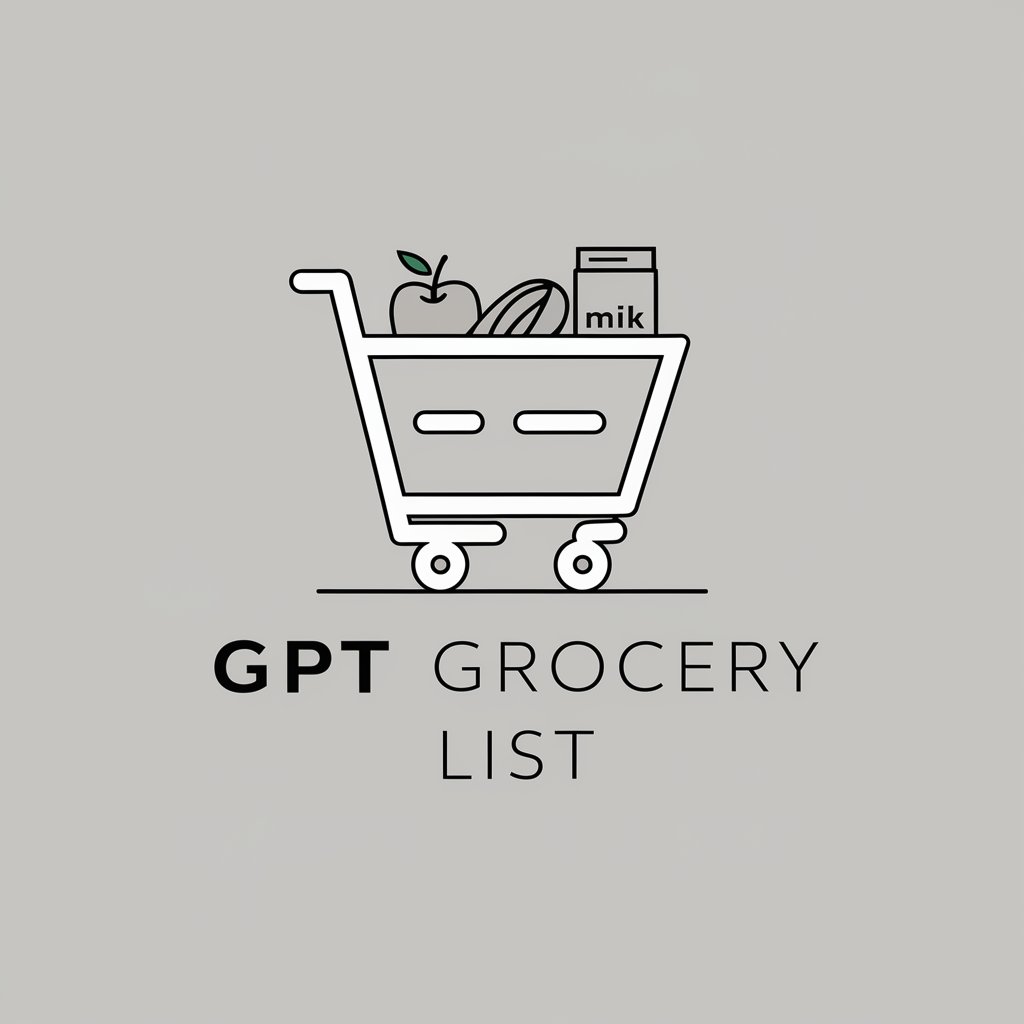
MB-GPT (Generare Liste)
Streamline your data into organized lists effortlessly.
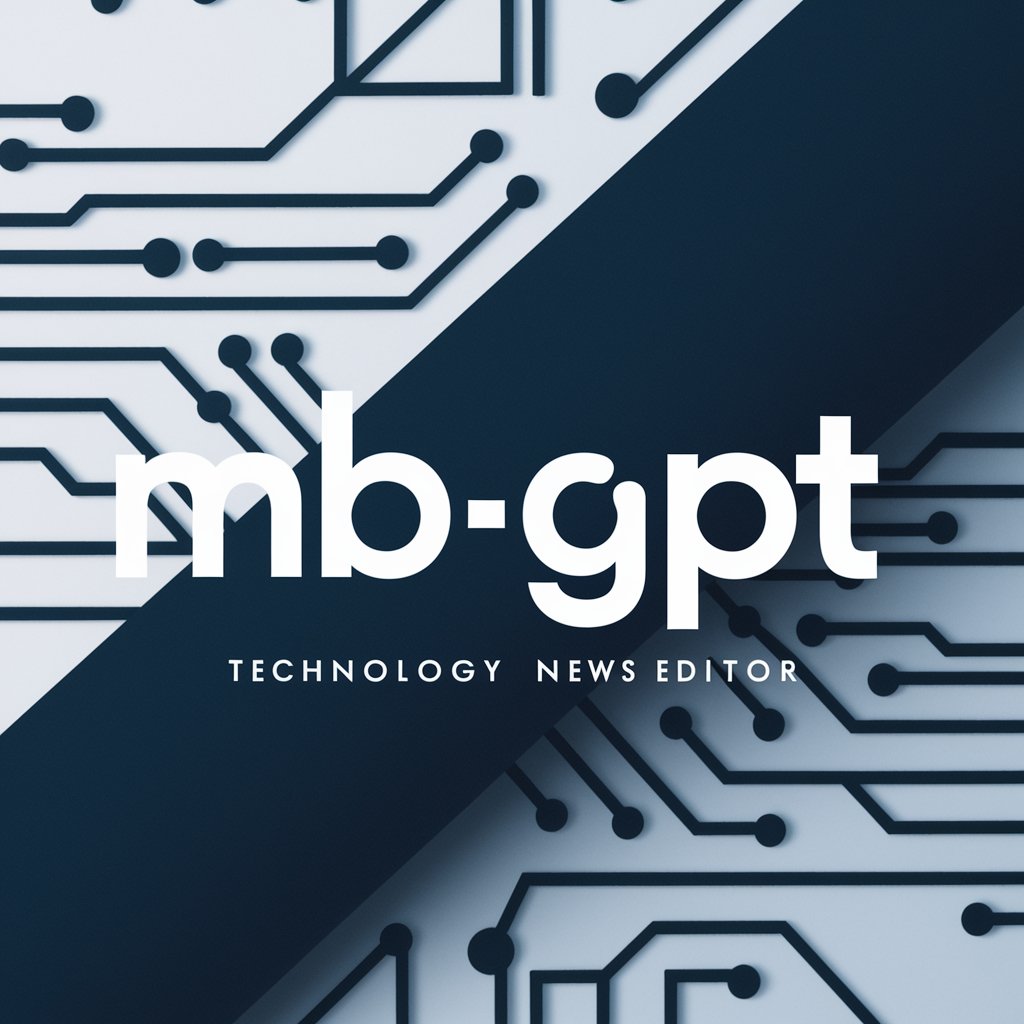
FAQs on Robert Dilts' Sleight of Mouth 14 Reframe Patterns
What is the primary purpose of using Sleight of Mouth patterns?
The primary purpose is to provide a set of linguistic tools to persuade, influence, and change beliefs by reframing the context or meaning of a conversation.
Can Sleight of Mouth patterns be used in everyday conversation?
Yes, these patterns are highly effective in everyday conversations, particularly in scenarios involving negotiations, persuasion, or conflict resolution.
Are there any prerequisites to mastering these reframing techniques?
While there are no formal prerequisites, a good grasp of language and communication skills, as well as an understanding of basic psychological principles, will enhance proficiency.
How do the 'Change Frame Size' and 'Meta-frame' patterns differ?
'Change Frame Size' involves altering the perspective of the belief in terms of its scope or time frame, whereas 'Meta-frame' addresses the belief in the context of overarching values or criteria.
Is it necessary to use all 14 patterns to effectively reframe a belief?
Not necessarily. While versatility in using multiple patterns can be beneficial, effective reframing can often be achieved using one or two pertinent patterns depending on the situation.
